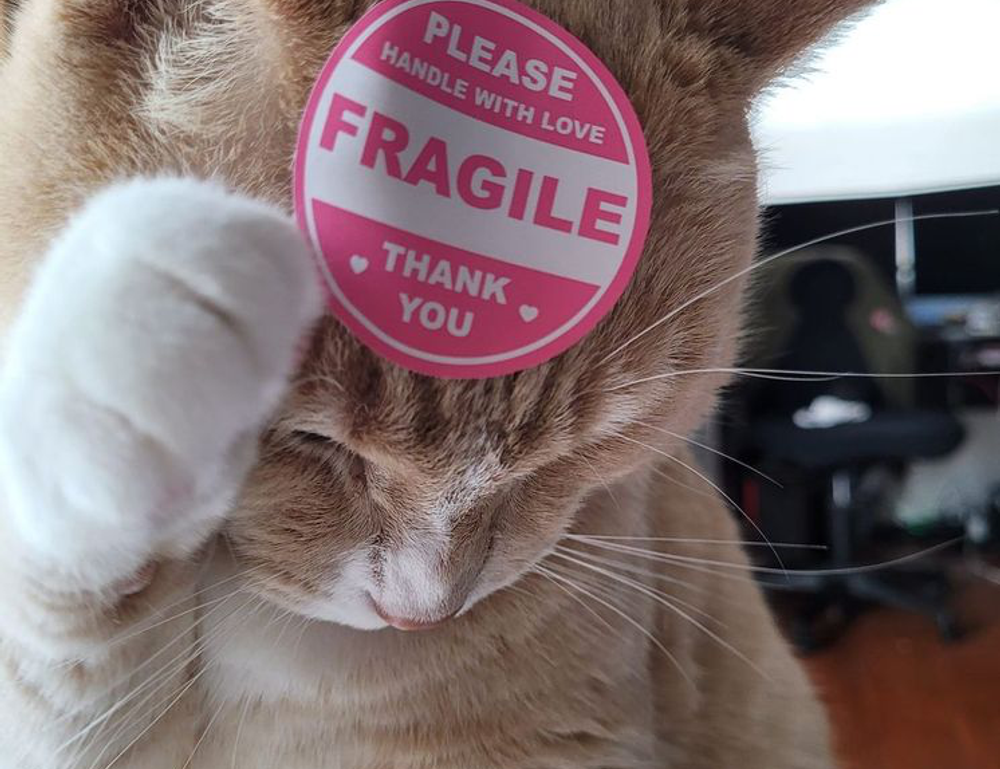What Makes a Snack “Unhealthy”?
Snacks don’t need to be evil. But when they’re high in sugar, salt, or unhealthy fats and low on fiber, protein, or real nutrition—bad things happen. That bag of chips or sleeve of cookies you’ve been reaching for? That’s the kind of unhealthy snacks fhthgoodfood that lead to energy crashes, poor digestion, and longterm health risks.
One core issue is how these snacks mess with your natural hunger and fullness cues. After a few weeks of processed snack binging, it’s easy for your body to completely forget what real hunger feels like. That’s no accident—many of these foods are designed to be addictive, encouraging you to eat more than needed.
Why Do We Keep Eating Them?
Let’s be real: snacks are convenient. They’re emotionally comforting. They taste damn good. These engineered flavors hit just right—salty, sweet, sometimes both. It’s a dopamine hit, packaged in crinkly foil.
The real kicker? Most unhealthy snacks fhthgoodfood are cheap. A bag of junk often costs less than a bunch of bananas. That pricepoint makes poor food choices easier to justify, especially when you’re tired, busy, or just uninterested in cooking.
Snacking also gets a free pass in many routines. Office meetings, game nights, Netflix marathons—they seem incomplete without a bowl of something crunchy by your side. But that mindless munching adds up, both in calories and longterm consequences.
Hidden Ingredients You Should Watch For
If the ingredient list looks like lab notes, walk away.
Here’s a quick list of what to watch out for:
Added sugars under sneaky names like highfructose corn syrup, cane juice, or malt syrup. Artificial trans fats, still lurking in partially hydrogenated oils. Excess sodium, especially in chips or instantflavored snacks. Artificial coloring and flavoring, often found in candies and flavored chips.
Turn the package over. If it takes longer to read than eat—don’t eat it.
The Impact on Your Health
Eating unhealthy snacks fhthgoodfood on the regular isn’t just about gaining weight. Processed junk can mess with pretty much every system you’ve got.
Mental fog: Blood sugar spikes from sugary snacks lead to crashes, affecting focus and mood. Heart problems: Too much sodium and bad fats increases blood pressure and cholesterol. Digestive issues: Lowfiber snacks clog up your gut, leaving you sluggish. Poor skin: Junk food inflames your system, which often shows on your face. Longterm diseases: Keep it up, and you’re increasing your risks for conditions like type 2 diabetes, heart disease, and some cancers.
Smarter Swaps Without Killing the Vibe
Cutting snacks completely? That’s unrealistic. What you can do is replace the usual suspects with options that still taste good but treat your body better.
Try these instead:
Popcorn (airpopped): Still crunchy, but full of fiber without garbage oils. Greek yogurt with honey: Satisfies your sweet tooth and delivers protein. Raw nuts: A healthy fat source that actually fills you up. Fresh fruit: A natural sugar fix with real nutrients and fiber. Veggie sticks with hummus: Crunchy, creamy, and nutrientdense.
The trick is preparation. Keep healthy snacks visible, easy to grab, and ready to go. The easier it is, the more likely you’ll reach for it.
Build Better Habits That Last
Changing your snacking game isn’t a oneweek challenge. It’s daily decisions stacking up over time.
Stock smart: Don’t buy the junk in the first place. You can’t eat what’s not around. Routine cue changes: If you always reach for chips during stressful emails, try sipping tea or chewing sugarfree gum instead. Meal timing: Eat full meals with fiber, fat, and protein to reduce random snack cravings. Hydration: Sometimes you’re thirsty, not hungry. Drink water first, then reassess.
You don’t need to guilt yourself into this. Just commit to getting slightly better week over week. It’s a system shift, not a temporary fix.
Final Take
There’s space in life for indulgence, but making unhealthy snacks fhthgoodfood your goto isn’t sustainable if you care about longterm health, energy, or even mental clarity. These processed, nutrientlacking options hijack your habits and your health, one bite at a time.
Start small. Swap one snack. Read some labels. Build awareness. Then move forward from there. No need for extreme diets or guilt trips—just smarter, steady changes that actually stick.
